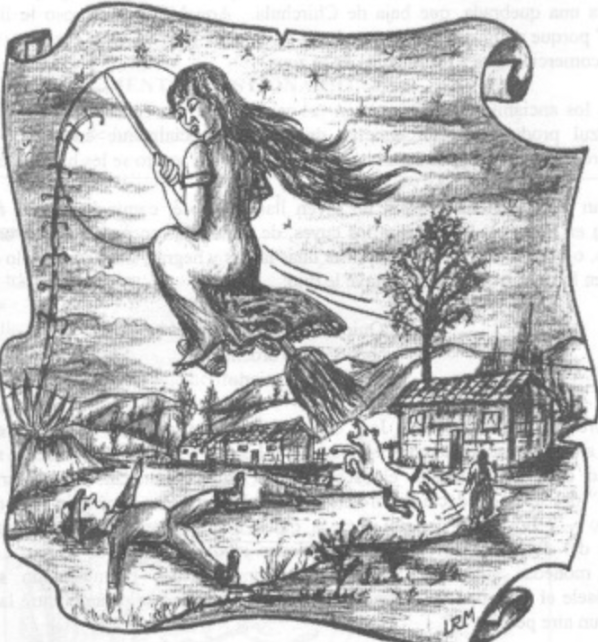Teaching
Original courses
Queer Before Queer: Literature, Film and Activism in Latin America

This course explores the emergence of queer literature and activism in Latin America from the 1970s onward through some of its most radical exponents. This period marks a turning point in which writers and activists challenged heteronormative and binary models of sexuation while navigating the repression of dictatorial regimes. Contrary to the assumption that they distanced themselves from the Latin American left, these figures sought to transform leftist movements from within, offering radical queer critiques without renouncing political commitment.
The term queer is employed critically, acknowledging that these authors did not use it themselves and that their interventions resist assimilation into generic frameworks. Rather than affirming fixed identities, their practices foreground becoming—fluid, unstable, and resistant to categorization—while interrogating both heteronormative leftist structures and what they called the “first world gay agenda.”
In addition to addressing canonical voices, the course incorporates figures whose works remain underexplored despite their cultural and literary significance. Students will analyze how these interventions disrupt canonical heterosexual representations of Latin American culture, and study how queer imagination functions not only as a response to repression but also as an active process of disidentification and subject formation.
Haunted Latin America: Horror, Gender, and the Gothic

This course introduces students to contemporary Latin American horror literature and cinema , approaching horror not as escapism but as a lens through which to analyze urgent social realities. We will examine how horror addresses two central issues: systemic violence against female bodies and the environmental devastation caused by climate change.
The course centers on Ecuadorian authors María Fernanda Ampuero and Mónica Ojeda—associated with the emerging Gótico Andino—and Argentine writer Mariana Enriquez—linked to the Gótico Rioplatense. Through their work, students will analyze how monstrosity emerges as a social and political construct. Here, the Gothic functions not only as a genre but also as a critical apparatus, mobilizing what resists dying—ghosts, lingering traumas, and specters—that haunt social orders alongside class, gender, and racial violence. Ampuero’s Visceral serves as a central text, combining stories and essays that theorize monsters as products of patriarchy, beauty norms, and inequality.
In addition, the course engages with the Gótico Tropical, turning to films such as Pura Sangre (Colombia), where vampirism allegorizes lingering feudal and economic power structures, and Cuando acecha la maldad (Argentina), which reimagines rural violence and supernatural terror to expose extractive economies that corrode both community life and the natural environment.
University of Michigan
-
Special Topics in Latin American Literature and Films ("Queer before Queer"). Instructor of record - Fall 2025
Introduction to Hispanic Literature. Instructor of record - Winter 2025
Introduction to Hispanic Literature. Instructor of record - Winter 2024 - Advance Spanish Grammar and Composition. Instructor of record - Winter 2023
- Intermediate Spanish. Instructor of record - Winter 2022
- Elementary Spanish. Instructor of record - Fall 2022
- Intermediate Spanish. Instructor of record - Winter 2021
- Intermediate Spanish. Instructor of record - Fall 2021
- Intermediate Spanish. Instructor of record - Fall 2020
Michigan Technological University
- First year English Composition. Instructor of record - Fall 2019
- Elementary Spanish. Instructor of record - Summer 2018
- First year English Composition. Instructor of record - Summer 2018
- Intermediate Spanish. Instructor of record - Spring 2018
- First year English Composition. Instructor of record - Fall 2018
- First year English Composition. Instructor of record - Fall 2018
- First year English Composition. Instructor of record - Fall 2017